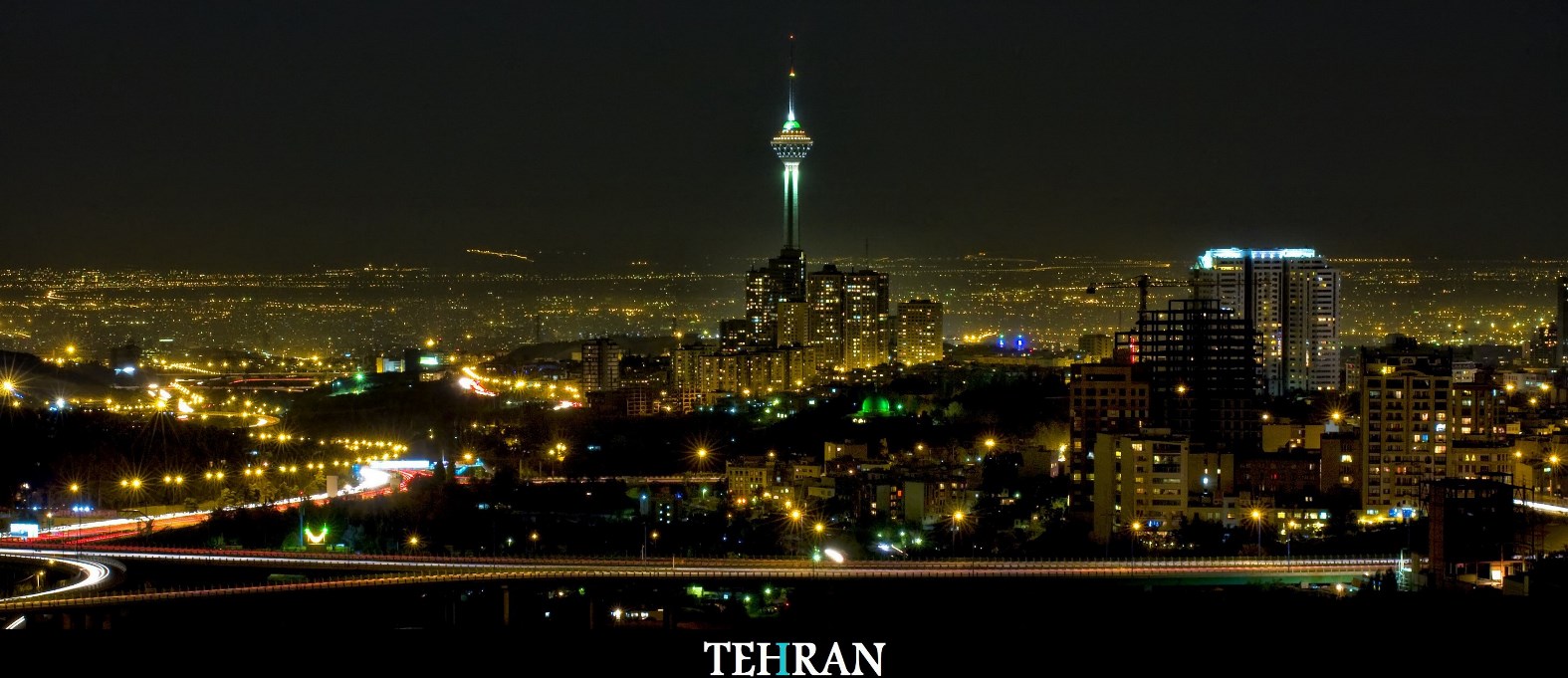
Changes in gasoline price and distribution methods for the hydrocarbon fuel have been among Iran’s most controversial issues in the past few years.

Even following the rationing of gasoline, a large number of officials announced that fuel price in Iran is still quite lower than the global average, stressing that the government is required to set a single rate for the product.
By fixing a single rate, the government planned to offset its budget deficit to pay subsidies. Based on speculations, by determining single rates, the government also intended to use the revenues to create jobs. Some people, also, maintained that cutting the ration of certain car models was a prudent and plausible move.
Eventually, a few years after the rationing of gasoline, the Rouhani administration managed to set a single rate for the fuel. This created a number of scenarios and led to a number of problems among which is the fact that currently, smart gasoline cards have almost no particular usage.
At present, a large number of people use gas station attendant’s cards to fill their tanks and, perhaps, have not used their own cards since the single rate for the fuel came into force.
This has marginalized smart cards. Apparently, the government does not plan to make them defunct given the heavy expenses involved in equipping fuel dispensers with smart systems, issuance and distribution of smart cards and the useful information the systems provided the government with about domestic diesel and gasoline consumption. The Rouhani administration plans to define new functions for the cards to revive their role in the smart fuel system and bring them back into use.
Although the Oil Ministry has offered a number of plans for the new functions of the cards, none of them have been approved yet for implementation by the National Iranian Oil Products Distribution Company. Some of them include punitive or compensatory measures but are, apparently, not effective enough. Given the financial deficit of the government and Oil Ministry it is highly unlikely that they would opt for the compensatory scenario. Nevertheless, the punitive one, which mandates those who do not have their smart cards with them to bear extra costs, is, apparently, among the government’s most serious options.
A little while ago, Oil Minister Bijan Namdar Zanganeh unveiled a plan to set up a multiple-gasoline-rate system. According to the plan, gas stations will be classified into three types. The first one is to distribute gasoline at a normal price, the one set by the government. The second and third types of stations will be authorized to fix prices according to the quantity and quality of the services they provide customers. Also, companies are to be formed to, each, supervise and back a number of stations in terms of the quality of the services. These stations will, then, become brands in Iran’s fuel sector and, therefore, will be entitled to charge customers higher prices.
The plan, which is yet to be approved by the Parliament and government, seeks to improve the quality of the services and products and, thus, encourage competition in the sector and market by entrusting the private sector a greater role.
It has always been a current trend in Iran that when they make profits, domestic agencies call themselves private, but when it comes to settling defaults, they become state-run.
The government’s decision to set a single rate for gasoline, have fueled speculations about an increase in fuel prices which is not quite unlikely. As required by the targeted subsidy plan, the government has to raise the price of energy carriers. This is to compensate for the expenses incurred by the government in implementing the plan and be able to dole out cash subsidies. The hike in fuel prices in the year to mid-March 2016 was quite expected and natural.
The eighth government initiated a rise in fuel prices on a yearly basis. As approved by the sixth Parliament, the government had to increase gasoline price 20 percent every year. This was while, the ninth government refrained from pushing up the price, and instead, decided to implement the targeted subsidy plan, which caused more substantial rises in gasoline price. The negative consequences of this were witnessed in the Rouhani administration.
The 11th government inevitably has to fix a single rate for gasoline to curb brokerage activities and corruption. Rationed and multi-rate gasoline poses a host of problems such as a rise in rent-seeking and fuel smuggling as well as illegal trade of rationed gasoline by some people and station owners. Gasoline smuggling went up during the years in which the fuel was rationed.
Fixing of a single rate for gasoline will help the government invest in development projects.
Experts maintain that the Rouhani administration is required to further raise gasoline price and fix them close to the rate the fuel is currently sold at, in the Persian Gulf littoral states. They hold that this will bring consumption down.
The government, however, is required to remain cautious to avoid the negative impacts of price hikes on public transportation costs. This requires stricter supervision over the activities of those involved in the public transportation sector.
